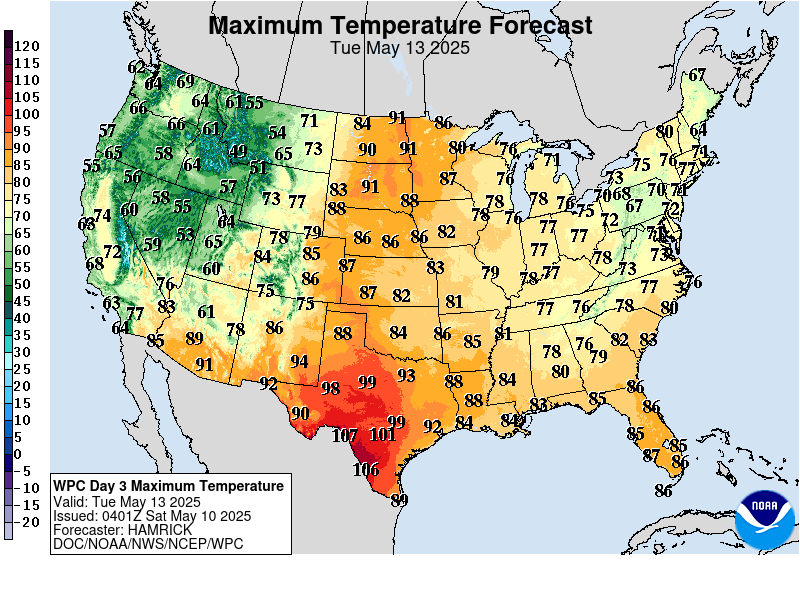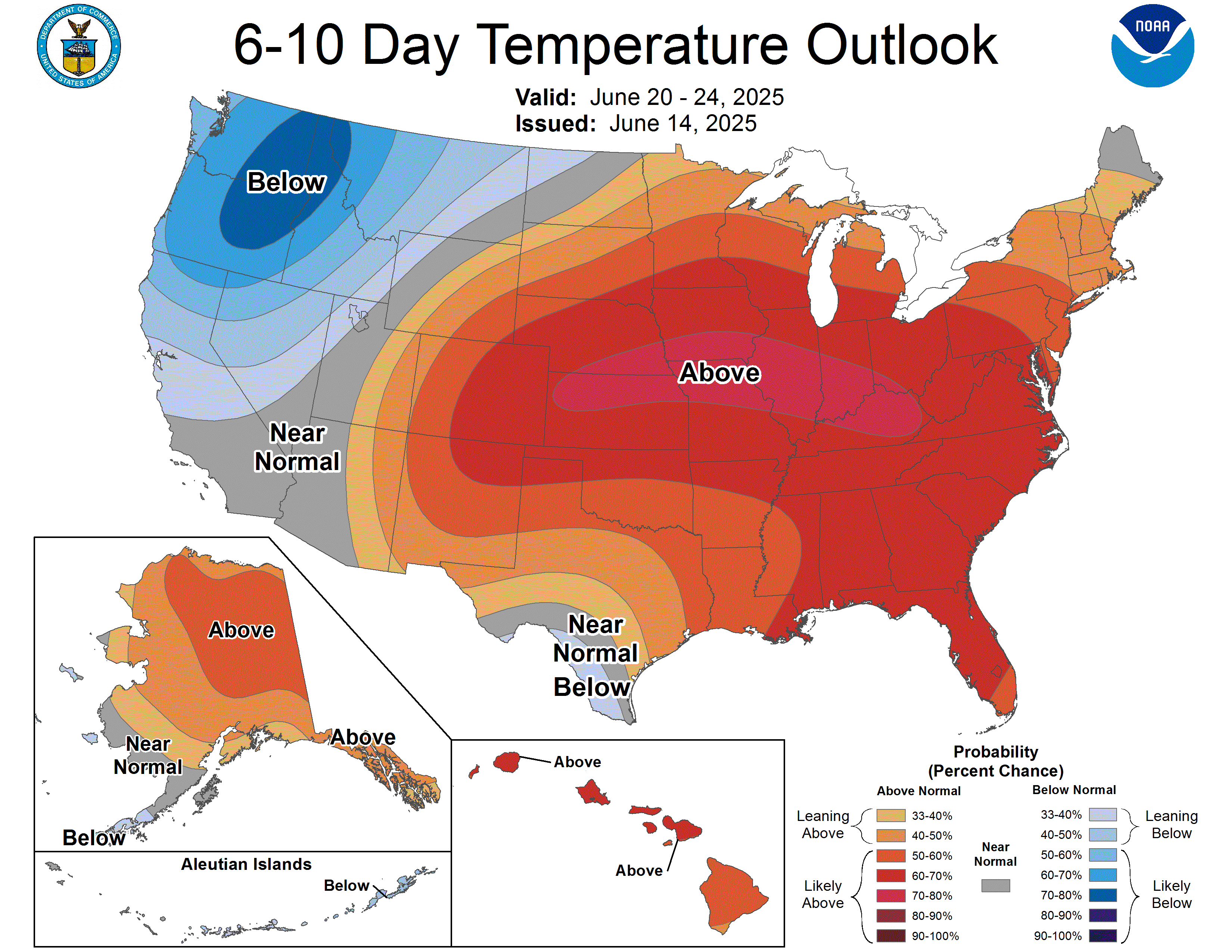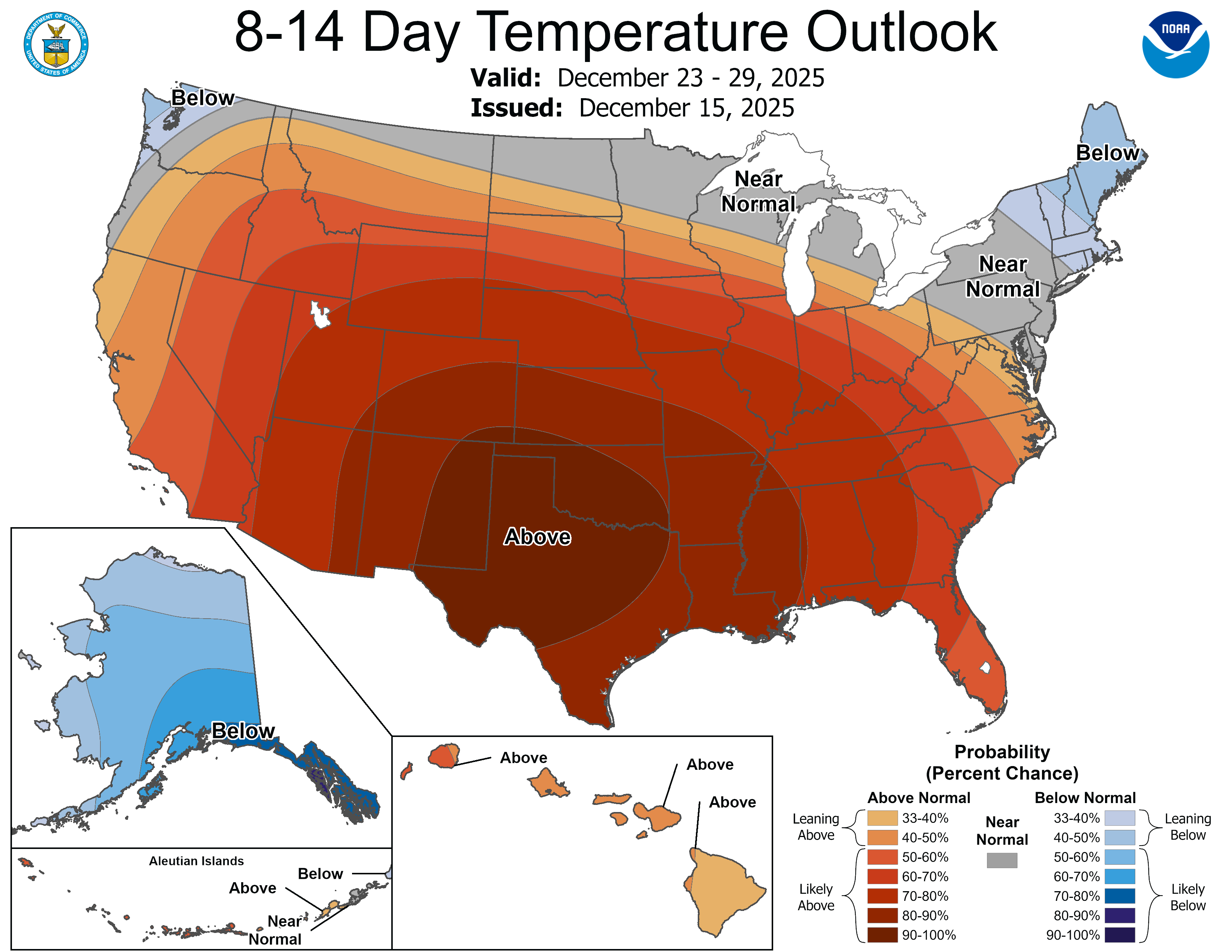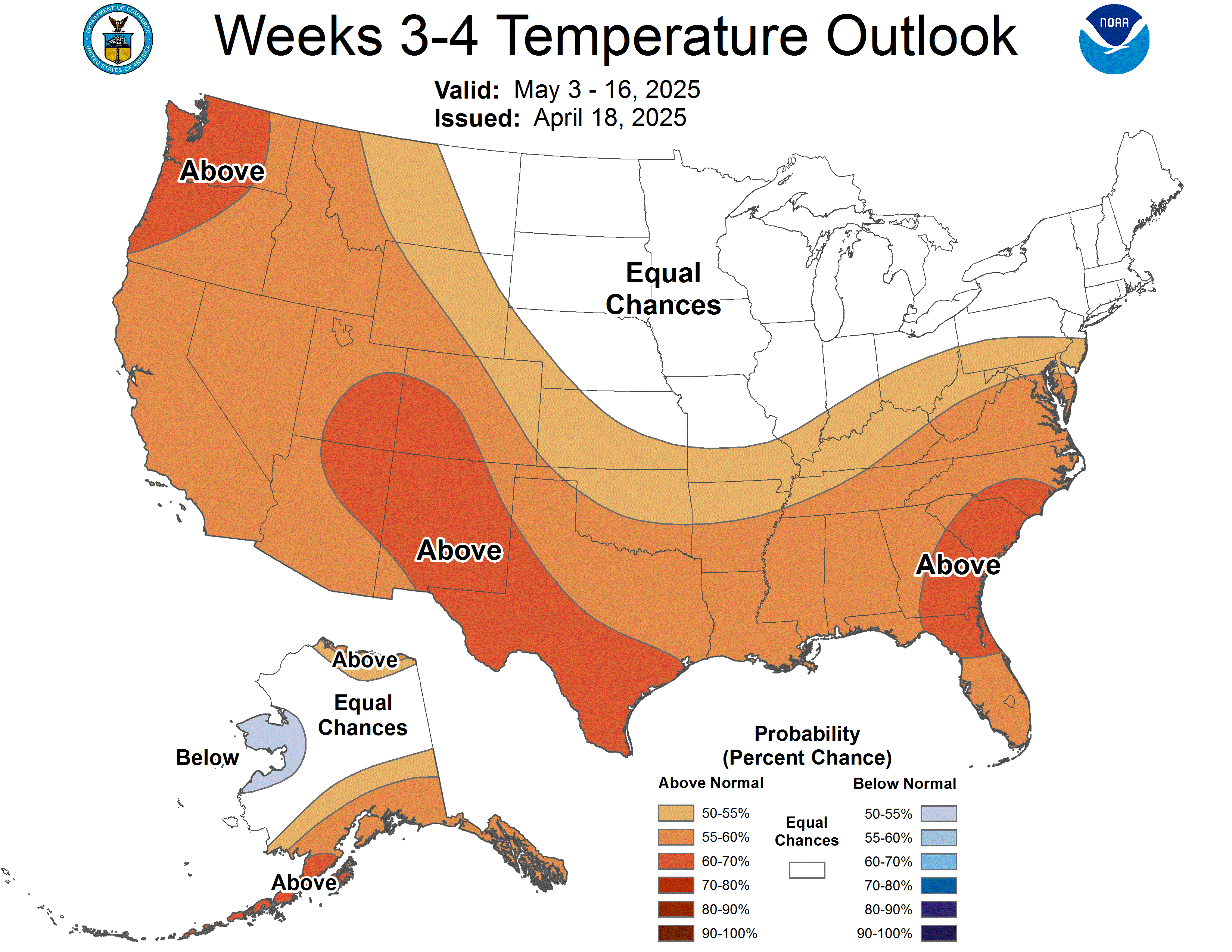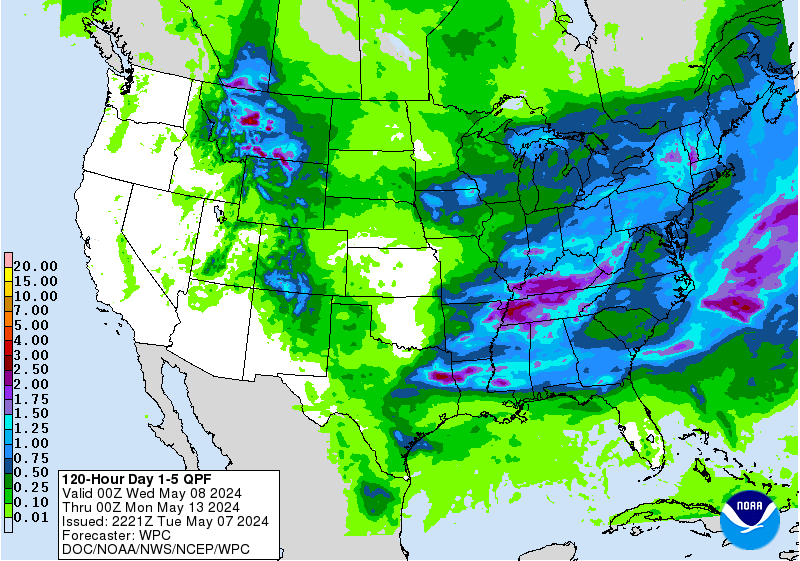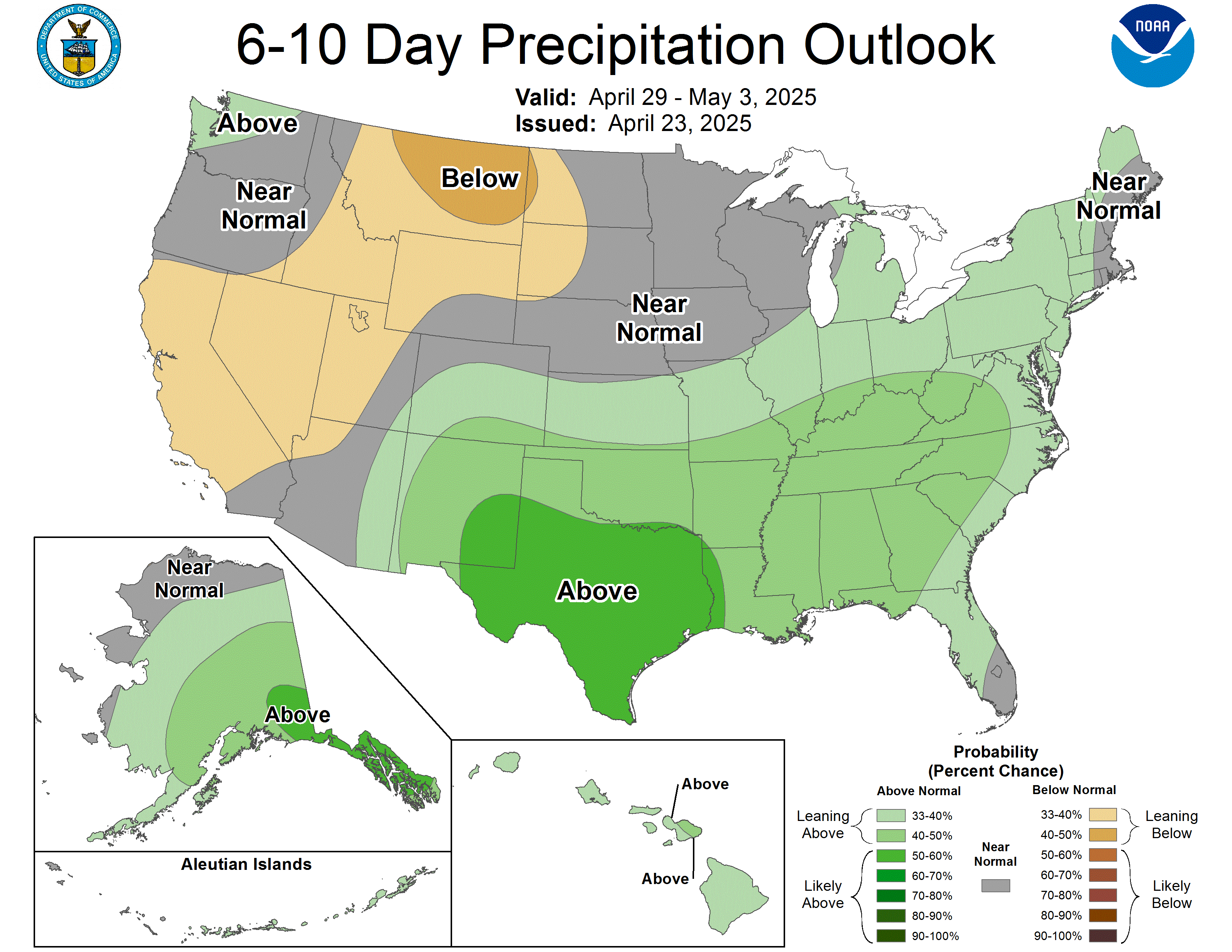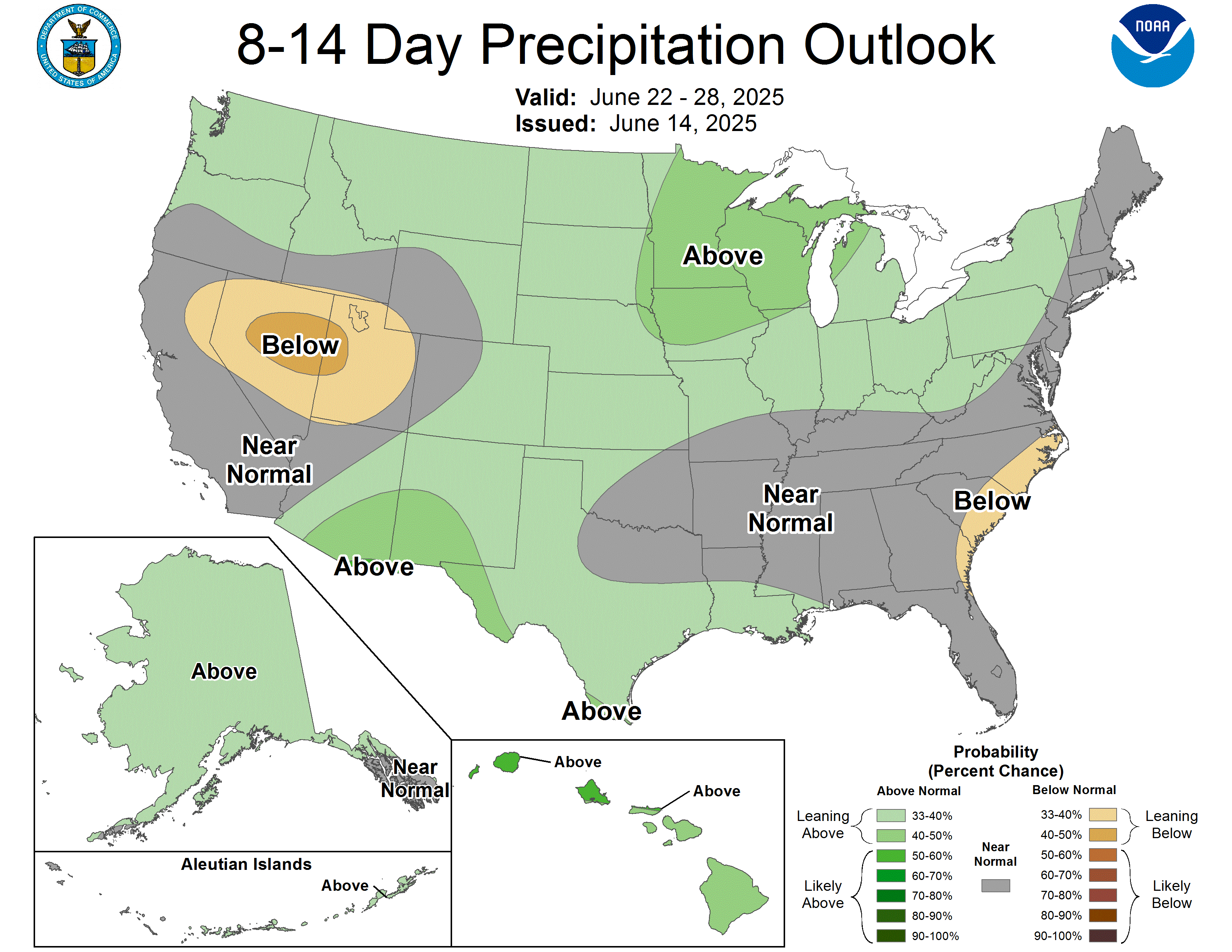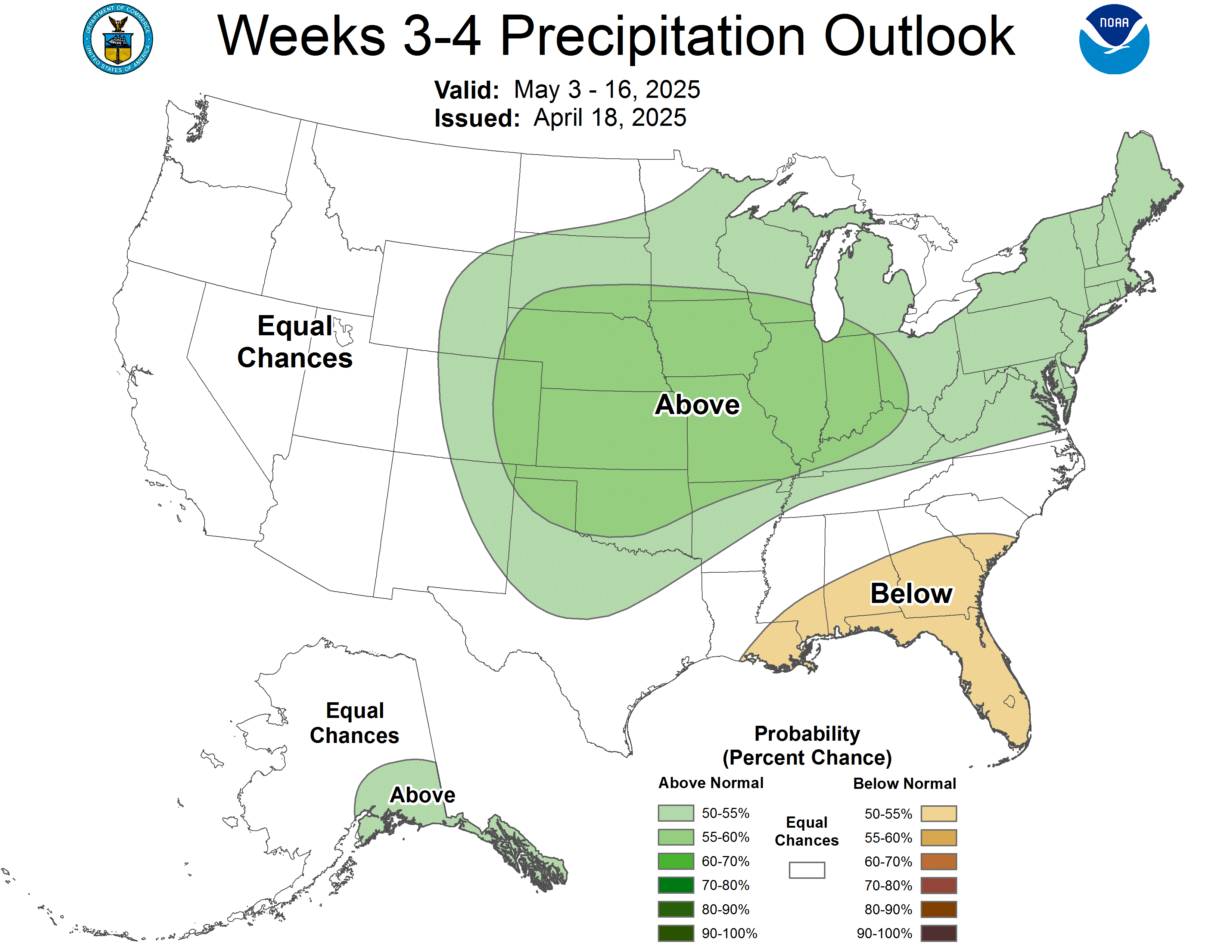Written by Sig Silber
At the end of every month, NOAA issues an update to their Early Outlook for the following month which was issued as usual on the Third Thursday of November. Today, eleven days later, NOAA has issued their Updated Outlook for December. There are some significant changes. NOAA explains this as:
forecast patterns for the monthly time scale are heavily influenced by short-term climate variability, which can overwhelm the background signal.
They may be correct but it could be that this La Nina by extending more to the west than usual, could be impacting the Walker Circulation in ways that the NOAA models do not process correctly.
Some housekeeping: On November 19, 2020, we published Part I of our analysis of the NOAA and JAMSTEC Three- to Four- Season Outlook and that can be accessed here. In that report, the December 2020 Early Outlook was issued. This article presents the NOAA update of their Early temperature and precipitation Outlook for December and the most recent Drought Forecast update for the month of December.
Please share this article – Go to the very top of the page, right-hand side for social media buttons. Also, feel free to send this article to anyone you feel will benefit from it. You can find the latest version of all our weather articles by consulting the Directory by clicking here and then clicking on the latest version of the article which is of interest to you.
First a few comments on a possible La Nina Modoki.
Now, we will compare the NOAA Early Outlook for December 2020 with the newly issued update.
Early Outlook Temperature

Updated Temperature Forecast

Early Outlook Precipitation

Updated Precipitation Forecast

Here is the discussion released with the forecast.
30-DAY OUTLOOK DISCUSSION FOR DECEMBER 2020
The Madden Julian Oscillation (MJO) continues to be fairly weak with its enhanced convective phase located over the eastern Indian Ocean/western Maritime Continent (Phase 4 in RMM space). Most MJO index forecasts predict a weak subseasonal signal with modest eastward propagation during the next two weeks. The MJO is not expected to have a significant impact on U.S. climate in December. The updated monthly temperature and precipitation outlooks are based on the latest dynamical and statistical model guidance out to a month in advance, WPC’s Week-1 temperature and precipitation outlooks, CPC’s Week-2 and Week 3-4 outlooks, climatology, recent observations, and considers the effects of La Nina. Despite little change in the current La Nina, there are significant changes to the monthly outlooks issued on November 19th, as addressed below.
Above normal mean temperatures are favored over much of the CONUS, based on the latest several runs of the GFS and ECMWF ensembles out through the first half of December, CFS 2-meter temperatures predicted for December, and the CAS (most areas east of the Rockies). Probabilities favoring above normal temperatures exceed 50% over portions of the Northern and Central Great Plains, Upper Mississippi Valley, and Upper Great Lakes region. Below normal mean temperatures are favored over the Florida Peninsula, based on the latest 5-days of CFS runs, and to a lesser degree, the latest runs of the GFS and ECMWF ensembles (which are front-loaded towards the first half of the month). In Alaska, the updated temperature outlook for December favors above normal temperatures for most of the state, excluding the southern Alaska Panhandle. The greatest probabilities for above normal temperatures exceed 50% over northwestern Alaska. The anomalous warmth favored across most of the state is well supported by the last 9 days of CFS runs. For remaining areas, which includes most of the Gulf Coast and Southeast (excluding the Florida Peninsula), Equal Chances (EC) of below, near, and above normal mean temperatures are indicated. The updated temperature outlook depicts more widespread coverage of favored above normal temperatures in Alaska, compared to the 0.5-month lead outlook issued on November 19th. The update also favors the highest chances for above normal temperatures across the north-central CONUS, compared to the southern and eastern CONUS with the previous outlook. Whereas the previous outlook (issued November 19th) had a strong resemblance to La Nina composites/regressions, the updated temperature outlook for December does not. Exactly why this is the cas e is unclear, for there are many factors involved, including more recent dynamical guidance. Part of the explanation could be the monthly mean mid-level ridge predicted over the Gulf of Alaska at the time the 0.5-month lead outlook was issued is now located farther east, which supports a warmer, wetter pattern for central and eastern parts of Alaska, and perhaps increased offshore flow across western Alaska. For the CONUS, increased ridging across the north-central states in the update supports warmer, drier conditions for that area, as opposed to more zonal flow and the proximity of the Pacific jet stream over the northern tier of states expected 11 days ago.
The updated precipitation outlook for December 2020 is also significantly different from the 0.5-month lead precipitation outlook issued 11 days ago. Below normal precipitation amounts are favored for most areas west of the Appalachians, with the exception of EC from Washington state eastward across Montana, and parts of adjacent states. Interestingly, inspection of model guidance reveals a much weaker signal for anomalous wetness over this northwestern portion of the CONUS, which is contrary to what would be expected with a significant La Nina in progress. There are increased chances for above normal precipitation across the Northeast and Mid-Atlantic, with much of the expected precipitation coming in near the start of December, as a major low pressure system and associated precipitation shield moves through this region. Elsewhere across the CONUS, EC is indicated. In Alaska, above normal precipitation is favored for the Panhandle and southeastern portions of the Mainland. This suggests that the mean location of the Pacific jet stream associated with La Nina is likely to be shifted farther north, away from the Pacific Northwest. Below normal precipitation is favored over most of the remainder of the Alaska Mainland, the Peninsula, and the Aleutians, as supported by dynamical model guidance. For remaining areas, Equal Chances (EC) of below, near, and above normal precipitation amounts are indicated. Compared to the precipitation outlook issued November 19th, the updated outlook is completely different in Alaska, and also much drier overall across the Lower 48 states. Similar to the updated temperature outlook for December, the updated precipitation outlook for December is quite different from what would be expected, given the current La Nina. This fact also reinforces the idea that forecast patterns for the monthly time scale are heavily influenced by short-term climate variability, which can overwhelm the background signal.
| November 19, 2020, Forecast for December | November 30, 2020, Forecast for December | |
| Temperature | ||
| Precipitation |
Visual Consistency Testing.
It is useful to see how the full-month forecast fits with the set of partial-month forecasts that we have. These will continue to update in this article. It is important to remember that with the partial-month forecasts, we generally have about 25 days of the subsequent month to look at when we do this at the end of the month as we are doing now. It depends on what day of the week the month ends. So this month, which ended on a Monday, we are missing a forecast that includes six of the last three days of the month. So we are in pretty good shape for the visual consistency testing this month. We may update this article after the next week 3 – 4 forecast is issued on Friday as we will then have the full picture but need to remember what happened on the first three days of the month and we will have maps that cover days 4 – 31.
First Temperature
And Precipitation
Sometimes it is useful to compare the three-month outlook to the forecast for the first of the three months. It shows how much the pattern changes over the three-month period.

One can mentally subtract the First-Month Outlook from the Three-month Outlook and create the Outlook for the last two months in the three-month period.
And with respect to drought, this was also issued on November 30, 2020

Latest Monthly Assessment – During November, drought expanded and intensified across a large swath of the southern tier of the contiguous U.S., with degradations most pronounced in Texas. In contrast, widespread precipitation relieved drought conditions for parts of both the Northwest and Northeast. Over the central U.S., storm systems brought some drought relief to Oklahoma, southern Missouri, southern Illinois, and southern Indiana, but drought conditions expanded just to the north of these areas. At the end of the month, widespread heavy rainfall overspread eastern Texas and southern Louisiana, with totals topping 5 inches in some spots. This heavy rainfall will help to ease newly developed drought over eastern Texas in early December, and will slow any further drought expansion across the western and central Gulf Coast states. Conditions were drier over southern Georgia, making December drought development more likely. The outlook for December favors above-average temperatures across much of the U.S., with below-average precipitation anticipated in general, outside of a stormier pattern for the Northeast. Based on this forecast, further drought improvements across the Northwest are not anticipated during December, while drought expansion across southern California is likely. Drought persistence is also the most likely outcome for the Plains and Corn Belt, while continued drought reduction is forecast for the Northeast.
No drought is indicated or expected to develop across Alaska and Puerto Rico during December. Across Hawaii, enhanced trades due to La Niña conditions would favor increased precipitation across the leeward portions of the islands. Dynamical model forecasts show the greatest potential for improvements ahead of the main wet season along the leeward portions of the Big Island.
Looking back on November to relate the forecast for December to the actuals in November
First November Temperature (29 out of 30 days).
And then November Precipitation (29 out of 30 days).
We then show the new forecast and the prior month actuals (less one day) side by side.
| Prior Month (usually missing one day) | Forecast for current Month | |
| Temperature | ||
| Precipitation |
Conclusion
The purpose of this article was to present the updated Outlook for December 2020 and compare it with the Early Outlook. It is not to critique the updated Outlook for December based on our opinions but we point out possible inconsistencies if we find them and we have. We have assessed the extent to which the monthly outlook seems to fit with the other forecasts provided by NOAA. In reality, all forecasts are obsolete when issued as the situation changes day by day or six hours by six hours i.e. each new model run. In our other articles, we continually examine the current forecasts from NOAA including Day 1- 5, 6-10, 8-14, and Week 3 and 4. So we are continually looking at approximately 25 days into the future.
On December 10, 2020, IRI/CBC will issue their ENSO forecast and we will present that and critique it. What they present on December 10 is not likely to impact the forecasts for the next three months but may shed some light on the second half of Winter and Spring. It is an ongoing process and we attempt to provide our readers with the best current assessment of the next approximately 25 days (except when we cover the Four-Season Analysis or medium-frequency cycles such as ENSO in which cases we are looking further out than 25 days), so our analysis is pretty much ongoing. We also publish a “LIVE” Weather Article which updates in real-time to reflect NOAA Weather Headlines and for those interested provides detailed information down to current warnings in place. All of our reports including past versions of these reports can be located via the Directory/Archive which can be accessed here.





